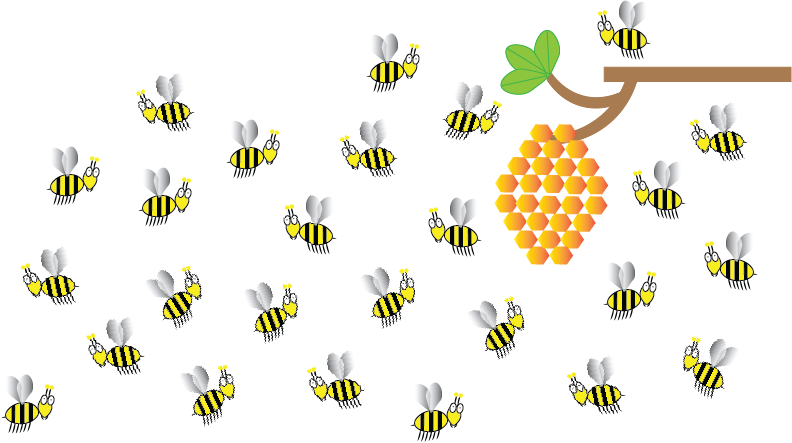Reading the food label and ingredients list on packaged products can be daunting. Many of the items in today’s food supply are synthetic chemicals, and the safety of these non-foods on our health is questionable. As a general rule, if the food doesn’t grow in the ground or, if you are a meat eater, ever had a face, leave it on the shelf. Such is the advice of many of our best healthcare experts, and with good reason. Research has increasingly shown links between processed food and disease. The cure is simple but not easy. For any food item, ask yourself one question. Would my body recognize this as food? There is a big difference between an apple and an apple-flavored cereal. Stick with foods as close to their natural state as possible. Be cautious with packaged foods.
I consider grocery shopping a necessary evil. Each aisle is fraught with food-like items designed to be tasty and tempting. I shop outside the aisles as much as possible, where all “real” food can be found. I load my cart with produce and buy very few canned or packaged food items. When I do step into the aisle, I know I am in enemy territory. Food-like items leer at me from the shelf highlighting “facts” that I might find desirable in big, bold letters. The one featured in this post boasted a high fiber content and low net carbs. I pulled it from the shelf and read the back of the package. Reading the label is critical, as is the list of ingredients. I look for products with as few ingredients as possible and without additives that I do not recognize. If the screaming sentences on the package front are to be believed, the product should be good. Right? One might think so until one reads the list of ingredients. Hydrogenated soybean oil, anyone? No, thank you. If you have been paying attention to the research, trans-fats, i.e., hydrogenated oils, are directly linked to heart disease. But, wait a minute. Didn’t the FDA ban the use of artificial trans-fats in our food supply? Indeed they did, but then there is the matter of appeals and extensions. It seems product manufacturers are reluctant to take a hit to their bottom line. Bargaining our health to allow the use of harmful substances matters little when there is a profit to be made. It wouldn’t be the first time, and it won’t be the last. You really didn’t think the food supply was safe, did you?
Such is the plight of today’s grocery shoppers who must analyze the ingredients on a package of rather innocent-looking tortilla shells. Gone are the days when we simply read the label for those all-important macro-nutrients before flinging our choice into the cart. Maybe those days never existed, to begin with. We just thought we were safe until we pulled out the magnifying glass.




